The Value of Wildflowers
The wild weather that California has experienced this year may lead to an unique event, a wildflower super bloom
With harsh rain pouring down on Palo Alto for what felt like weeks on end, the sighting of sun rays peeking through the clouds has brought hope for the coming spring weather. While the skies begin to warm up, the rainwater left behind provides much-needed moisture to the soil in California, allowing seeds of colorful wildflowers, that have been patiently waiting for better conditions, to bloom.
Whether it be covered forest, the side of highways or through cracks in cement, wildflowers sprout up throughout the nation. Wildflowers are flowers that grow freely, allowing them to pop up in unusual places.
As Californians, we are extremely lucky to house over 134 species of native wildflowers, with the total number of known native species in America being about 150. These flowers provide hills with bursts of color, making the scenery in spring aesthetically appealing.
However, wildflowers provide many more services besides their jaw-dropping beauty. Sawyer Porter, a Watershed Stewards Program Corpsmember for Grassroots Ecology, knows about the values that wildflowers provide to communities. Grassroots Ecology is a local nonprofit organization caring for public lands.
“Wildflowers provide important habitats for a variety of species, especially insects and pollinators,”
Sawyer Porter, Watershed Stewards Program Corpsmember for Grassroots Ecology
“Wildflowers provide important habitats for a variety of species, especially insects and pollinators,” Porter said. “These primary producers and consumers may seem small but play a large role in feeding animals higher up in the food chain.”
More specifically, they provide seeds, nectar, pollen and leaves as a source of food and life. These resources often are used by species classified as specialists. Specialists only use a specific, often small, range of resources including food and habitat.
These wildflowers not only provide specific resources, but are also better for the planet. This is because they have often co-evolved with the area, making them adjusted to the climate and conditions. For example, California wildflowers are adapted to use less water due to previous droughts.
Not only can wildflowers adapt to conditions over a long period of time, but severe weather, like the rain we experienced recently, can also impact the flowers in the short term.
“Recently, due to the increase in rain and wind, people are predicting a possible super bloom event,” Porter said.
A super bloom is a rare occasion where an abundance of wildflowers blossom at the same time. This event creates gorgeous scenic views that lead many people to visit and take pictures.
However, this increase in popularity can be dangerous to ecosystems. Oftentimes, visitors want to pick the flowers to keep as a memory. Additionally, the attraction of the event increases traffic in the area, therefore contributing to air pollution.
To mitigate these negative impacts, when visiting areas with wildflowers, do not pick or pull the flowers, avoid stepping on them and when traveling to see them, try carpooling or biking to the area.
By doing this, you are ensuring both the continued health of the ecosystem but also ensuring that more people can see these wildflowers.
Due to the vast number of wildflowers, it is valuable to begin identifying some of them.
“My favorite wildflower would probably be a lupine because purple and blue are such rare and beautiful colors in nature,” Porter said. “They were one of the first wildflowers I had seen when I first moved to California.”
Check out some photos of this season’s local bloom found at Foothills Nature Preserve.

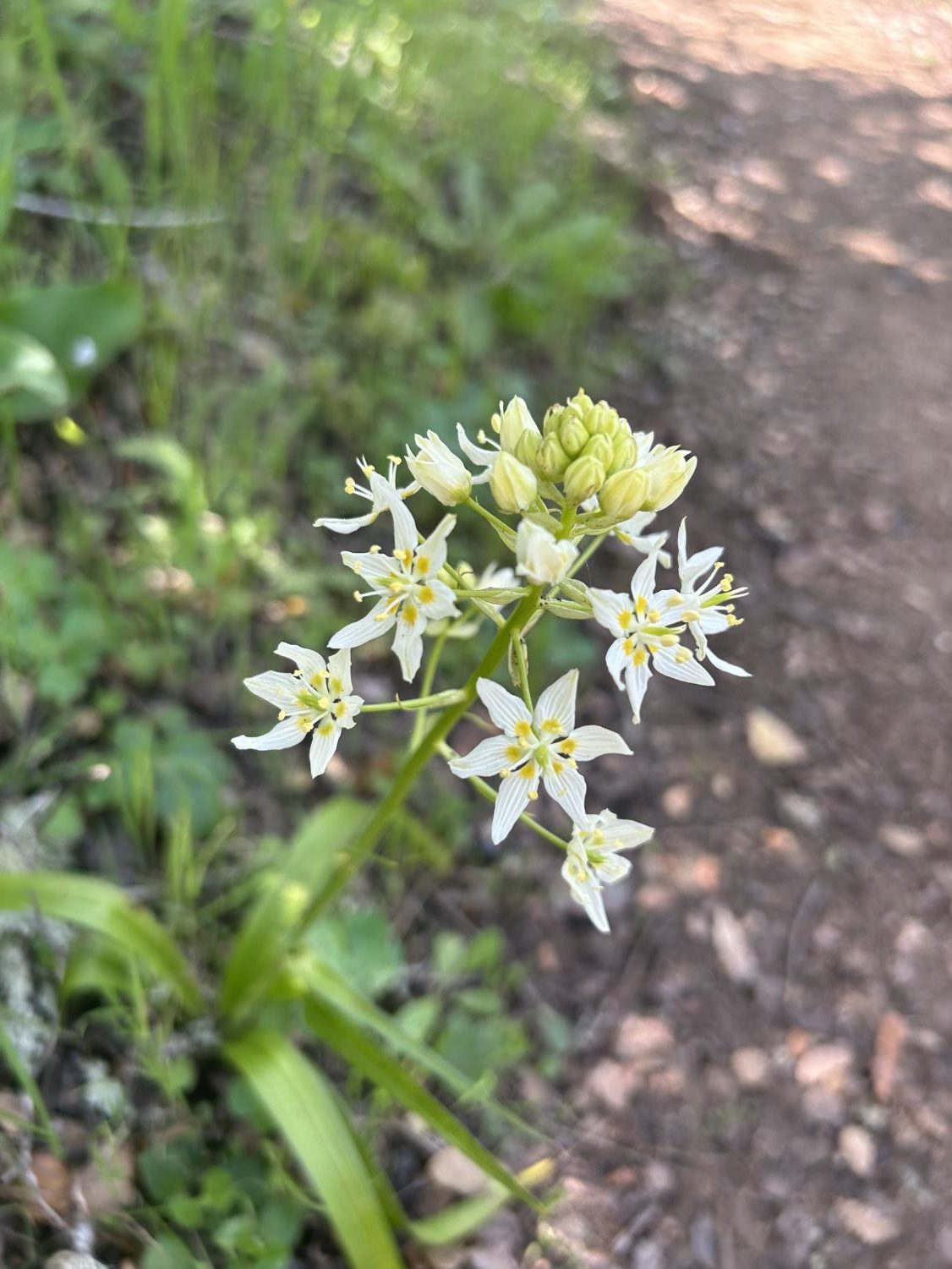
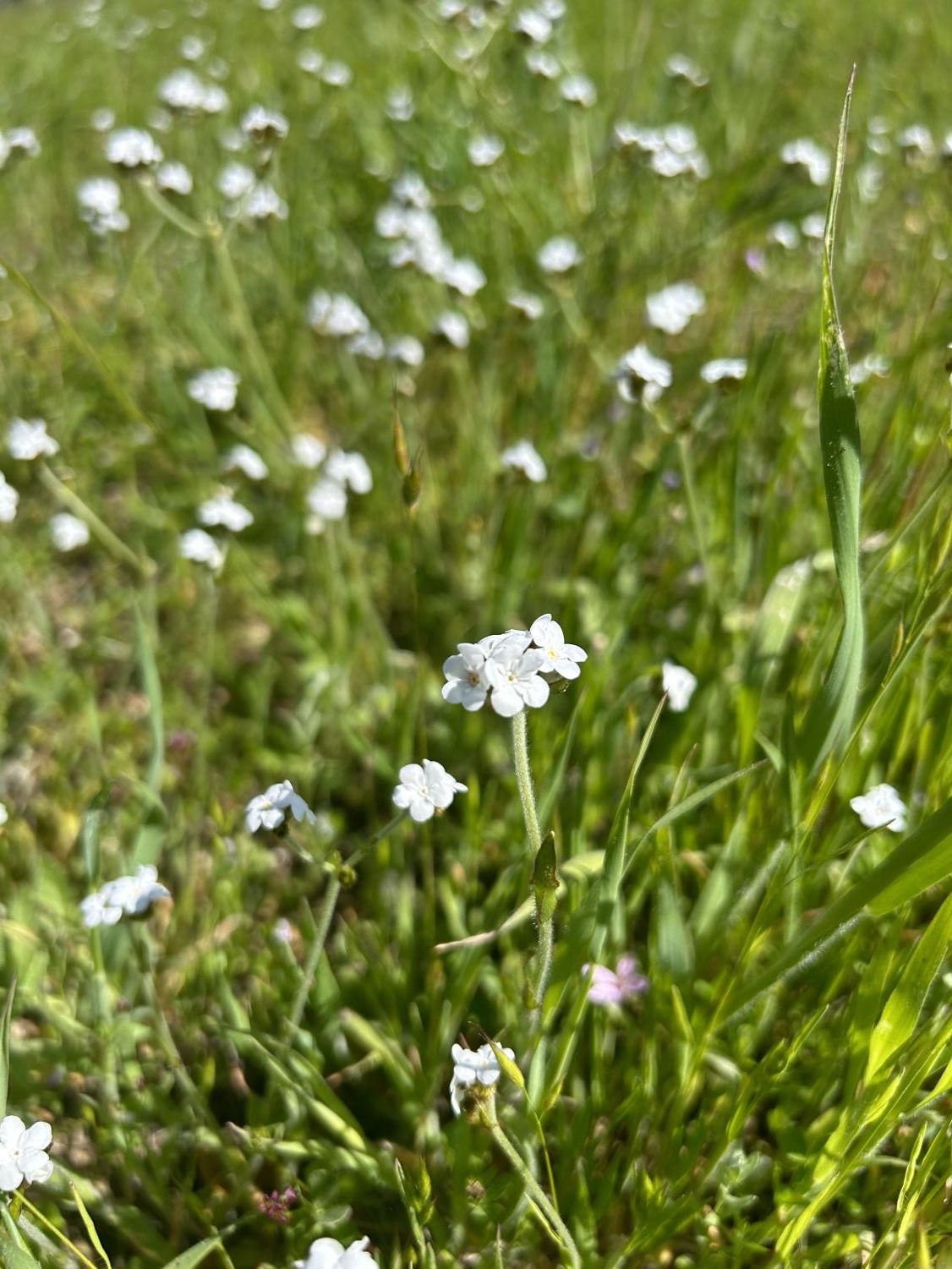

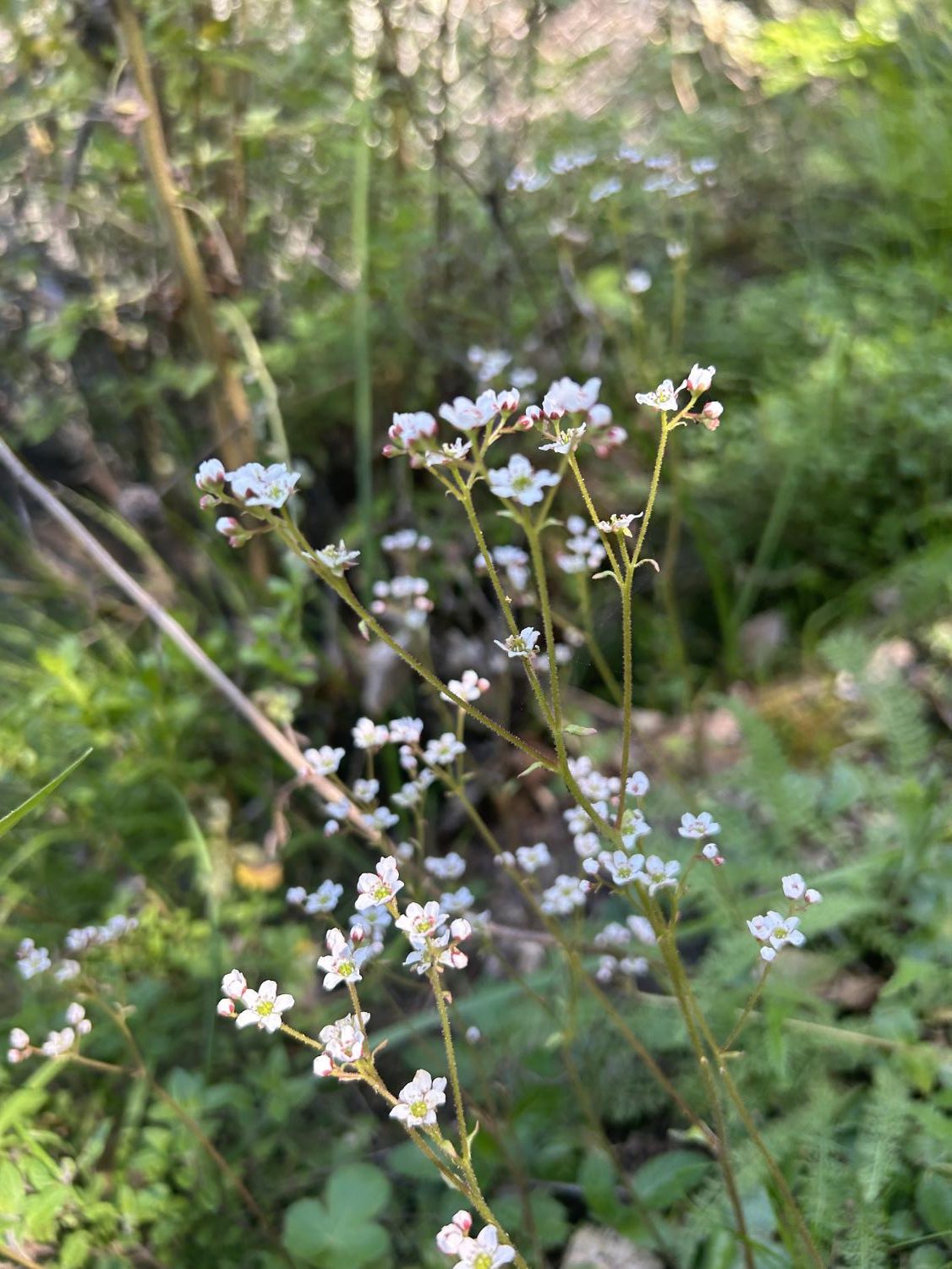
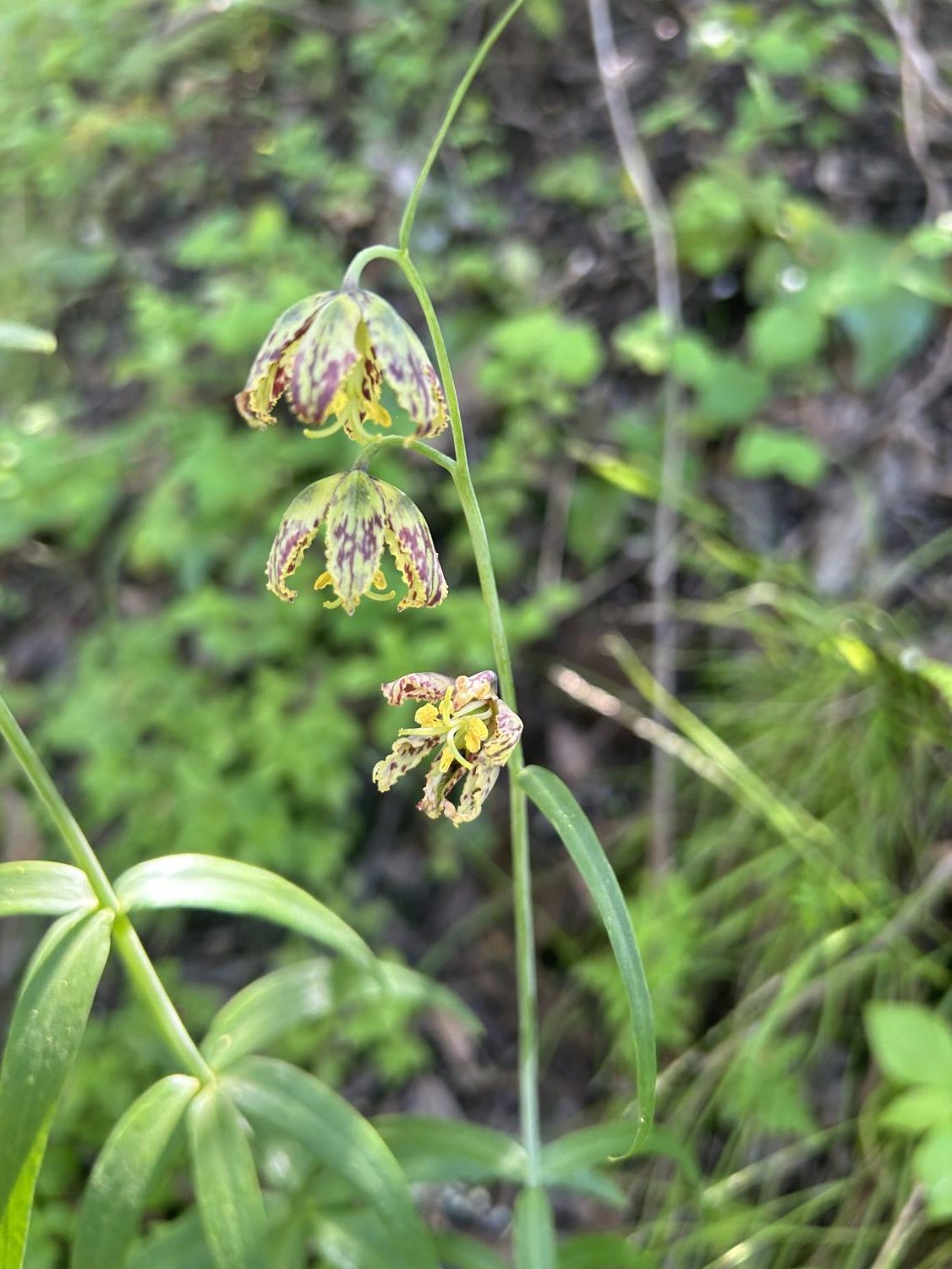
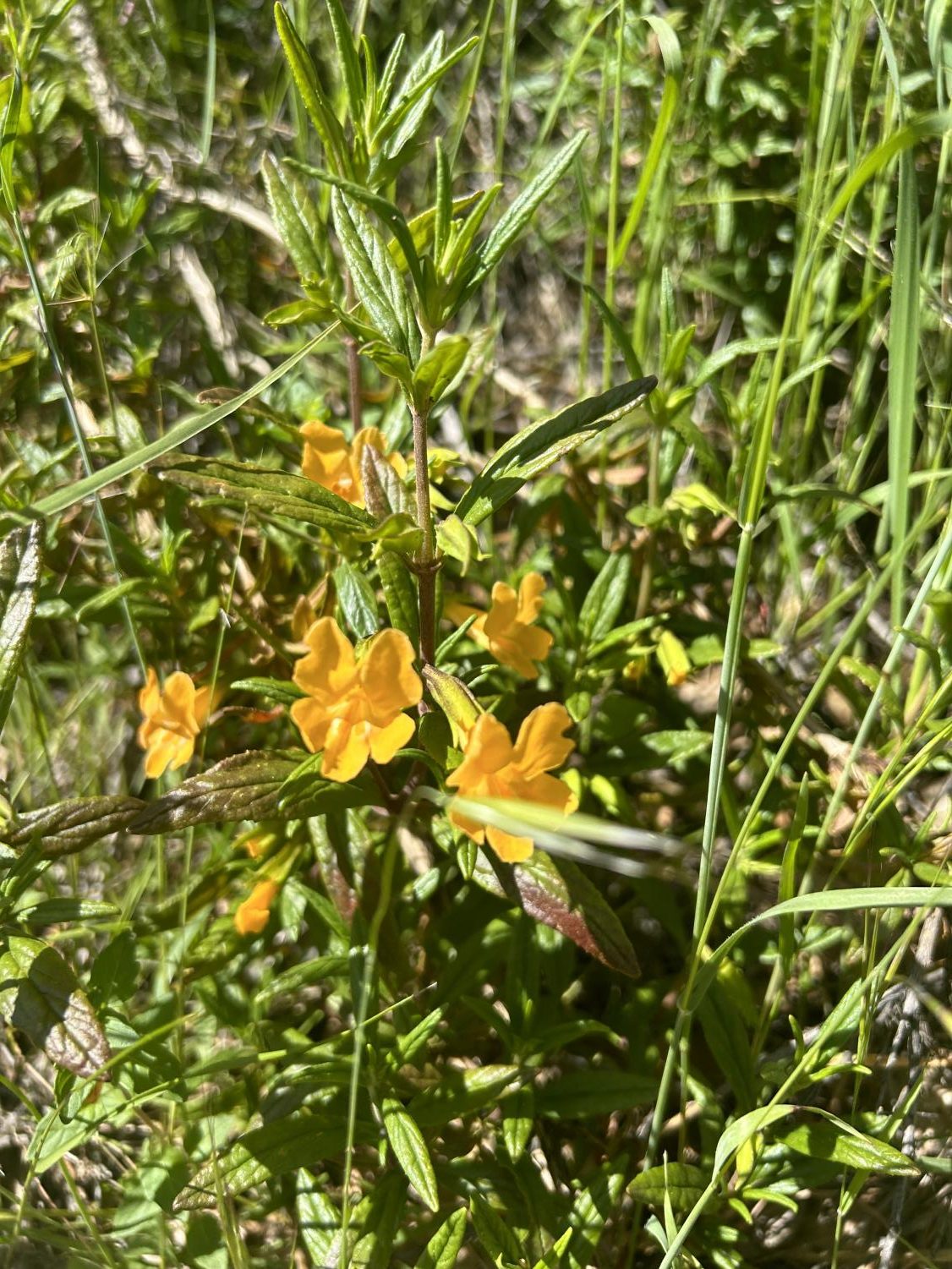

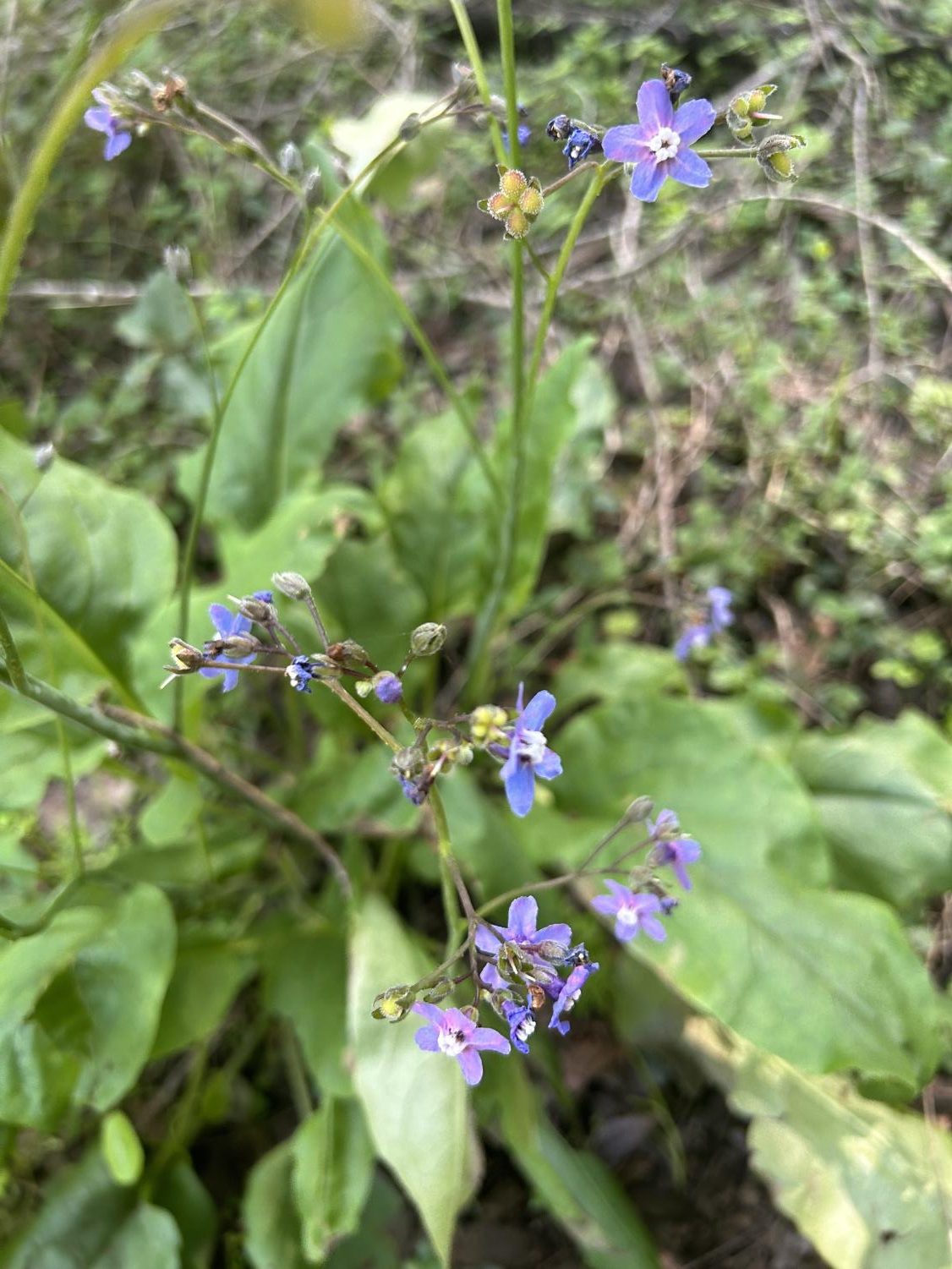
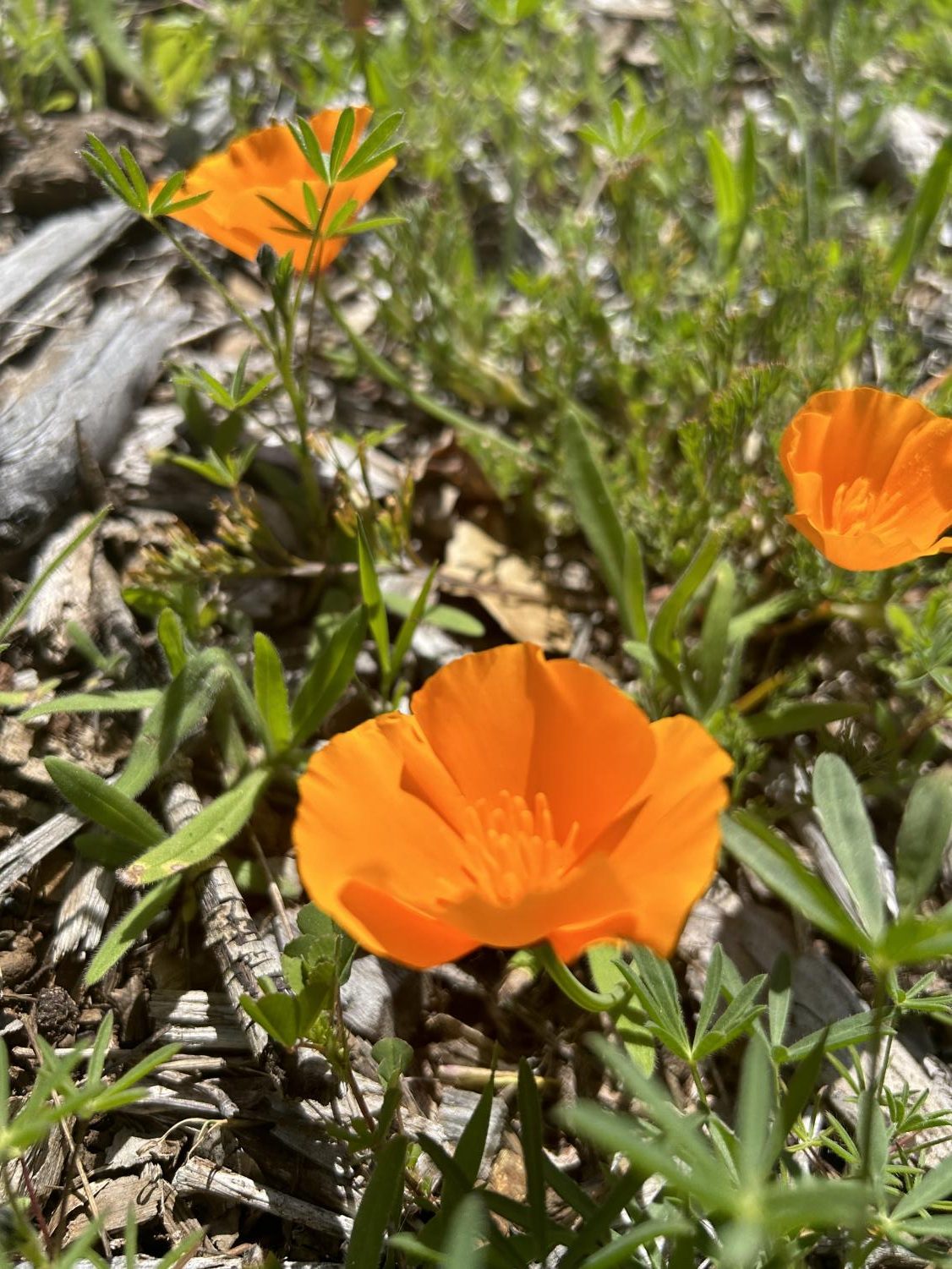
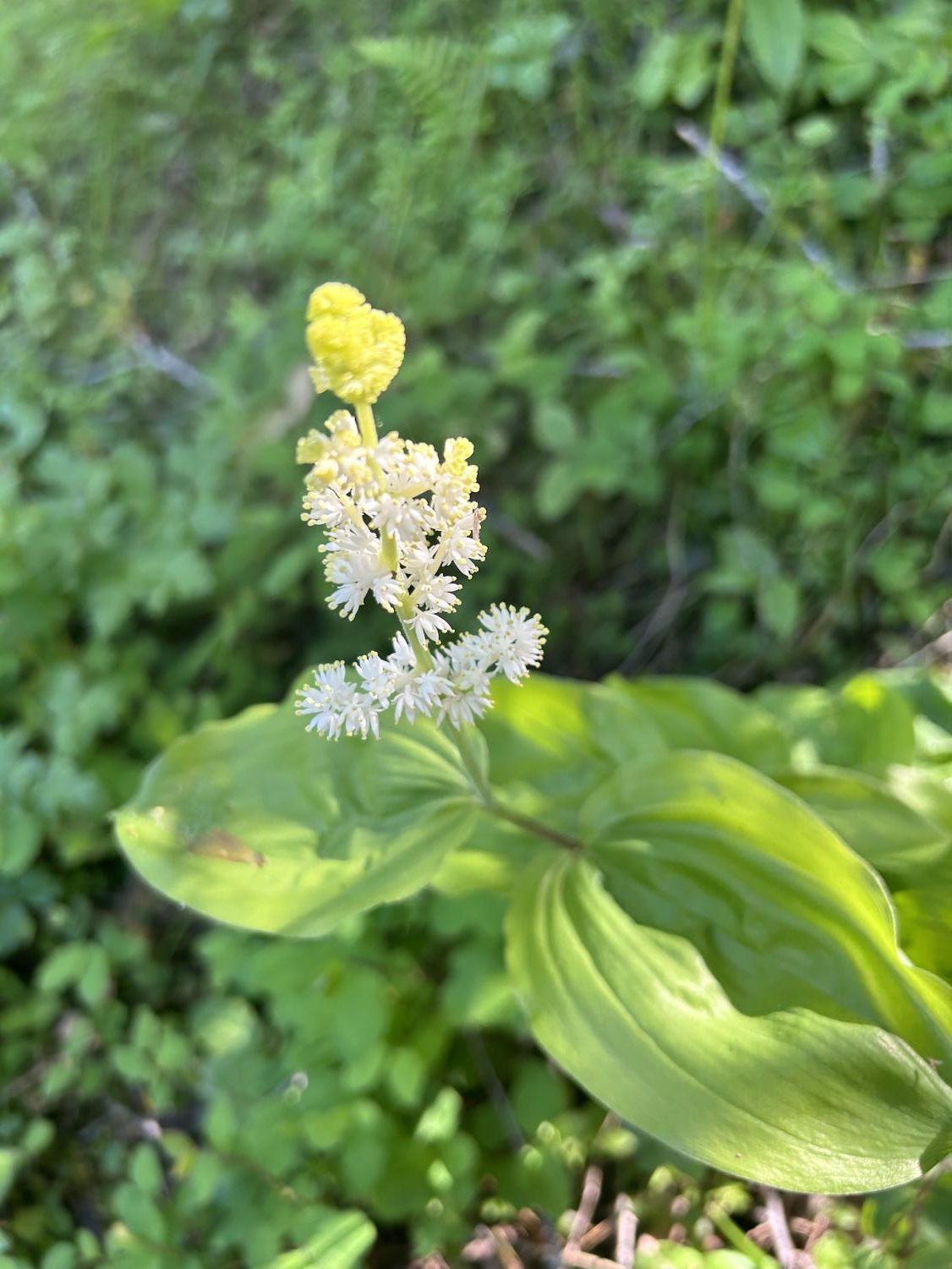
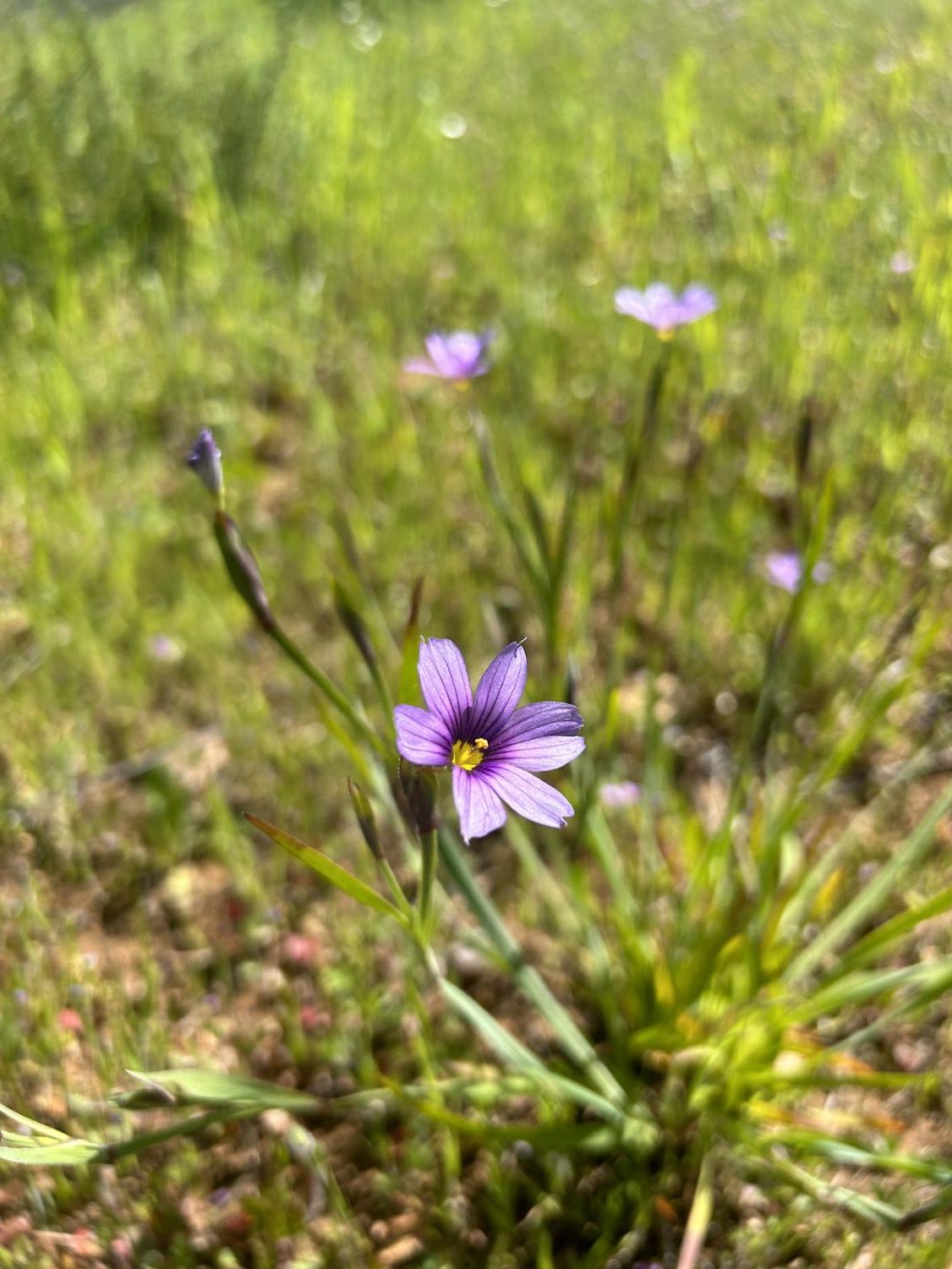

2022-2023 Staff Writer
2023-2024 Managing Editor
I joined C Mag as a way to express my creative side and advocate for subjects I am passionate about....


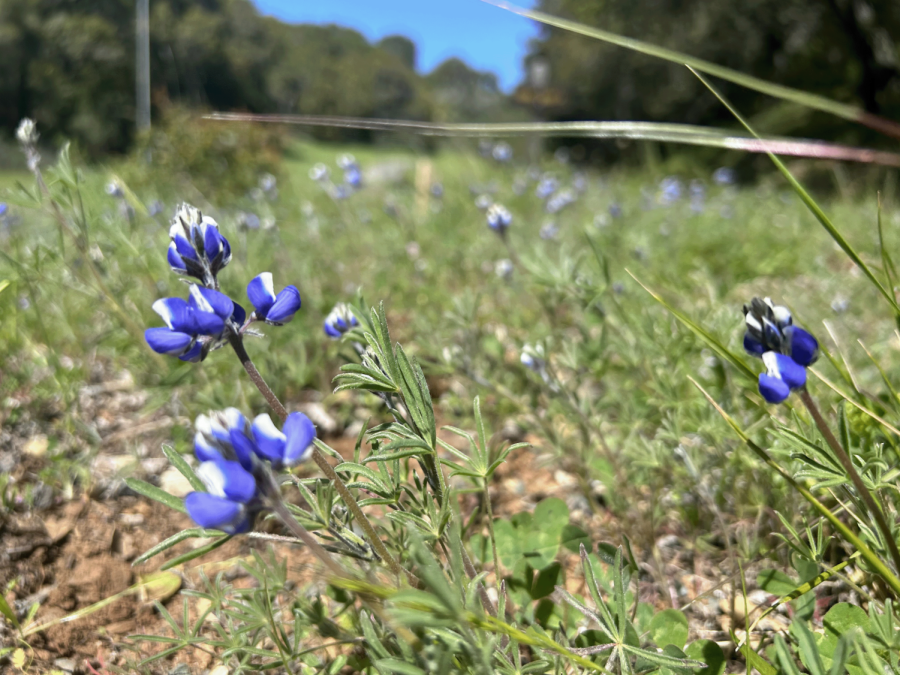


![UNSUNG HEROES — Fred Korematsu, Karen Korematsu and Aiko Herzig-Yoshinaga are awarded the Asian American Justice Medal to recognize their fight for justice following the incarceration of Japanese Americans during World War II. In addition, scientists Shuji Nakamura, David Ho, Tsoo Wang, Mani Menon and Chih-Tang “Tom” Sah receive the Asian American Pioneer Award. "[As a scientist,] it is crucially important to be able to communicate your work and your discoveries to [not only] other scientists, but also to the general public," Ho said. Photo by Talia Boneh](https://cmagazine.org/wp-content/uploads/2025/07/useee-600x400.jpg)

